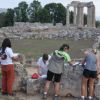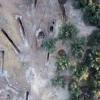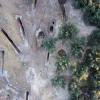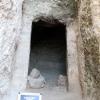Excavation and Conservation of the Early Christian Basilica, Sanctuary of Zeus, Ancient Nemea
The multi-year project of the Nemea Center for Classical Archaeology (DAGRS), the Excavation and Conservation of the Early Christian Basilica, at the Sanctuary of Zeus in Ancient Nemea, Greece, continued in 2023. The center and east ends of the 5thc. CE building were investigated including the nave, aisles, and apse, had been excavated in the 1920s and 1960s. We recorded all of the walls and individual blocks by drawing, photographing, and 3D scanning.









